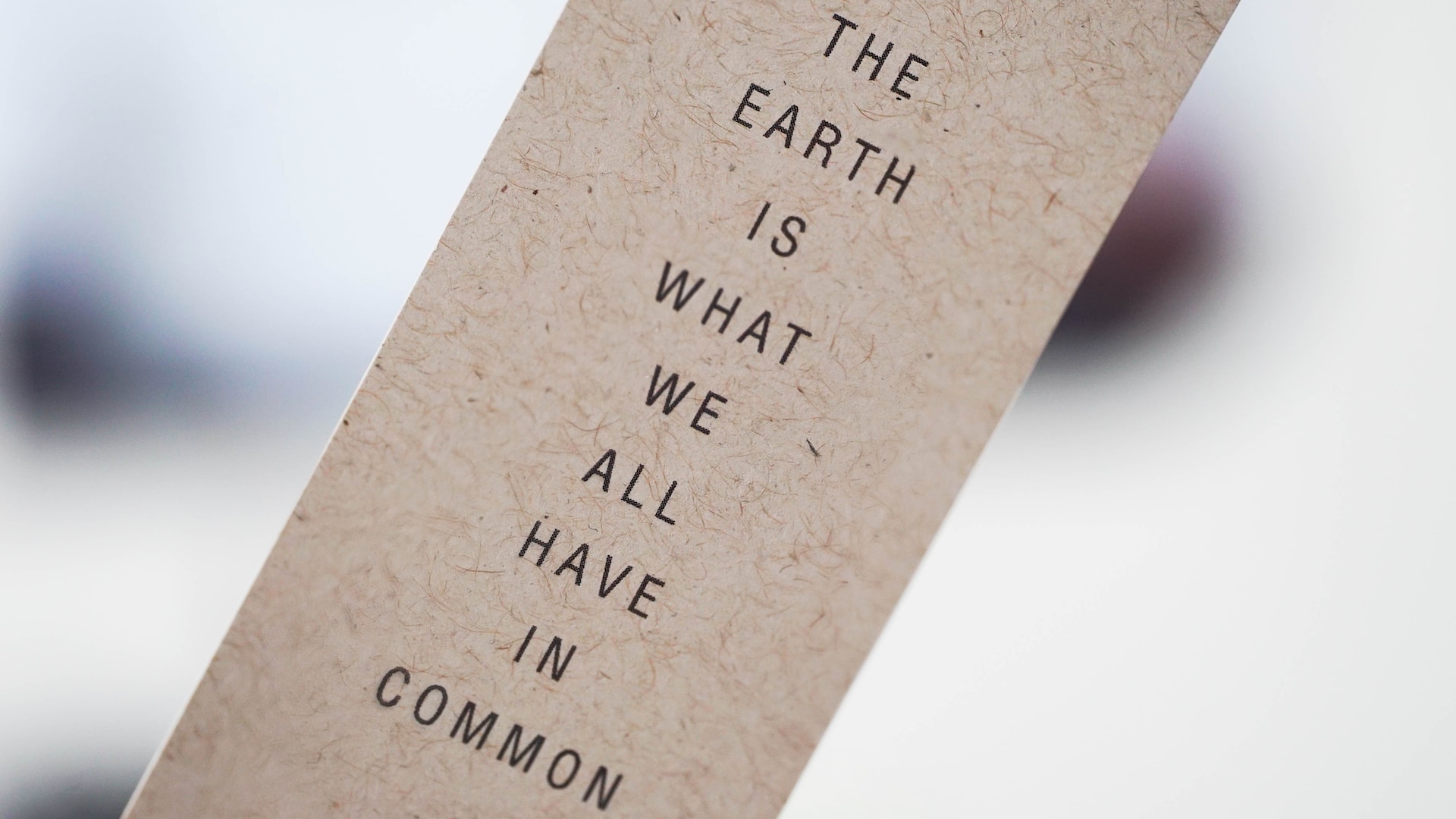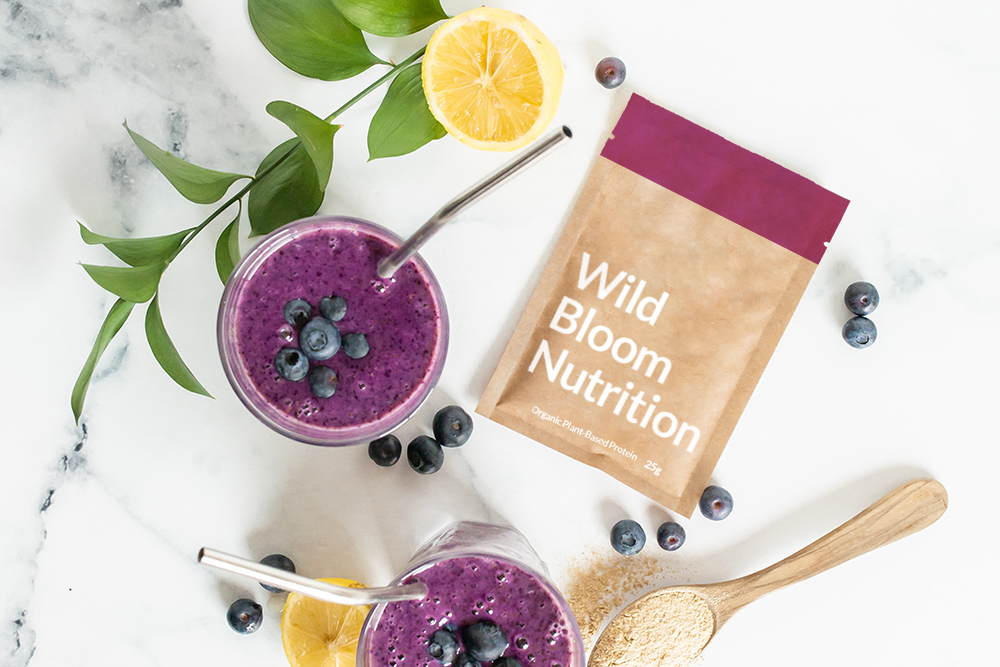Recent Posts
- Home
- Elevate Blog
- Beyond Packaging: Building a Sustainable Brand
Beyond Packaging: Building a Sustainable Brand
Posted on

2024 marks a pivotal point for businesses worldwide. As environmental and social activism continue to take center stage, companies must integrate sustainability into every part of their operations. With the 2025 global plastic targets looming, the choice is clear: adapt or be swept away by the "green tide" of eco-conscious consumers.
Over 400 US municipalities have implemented bans or taxes on single-use plastics, with more on the way. Consumers are voting with their wallets, with recent studies showing that consumers overwhelmingly prioritize a sustainable lifestyle.
So, what exactly makes a brand "sustainable"?
What Makes a Brand Sustainable?
What actually makes a brand sustainable? And what does sustainability really mean in this context?
We're not just talking about packaging (although that's a significant part of the story). Sustainability demands a holistic approach, infusing eco-friendly and ethical choices into the very fabric of your brand identity. It goes beyond conventional business practices and embeds sustainability into every decision, from sourcing materials to managing waste.
Building a sustainable brand is like constructing a sturdy house. It's about laying a foundation of healthy, productive, and resilient systems and processes that ensure the well-being of our planet, people, and your company, not just for the present, but for generations to come.
For more insights on crafting your sustainable brand narrative, read Your Sustainable Story.
Consumer Attitudes: The Catalyst for Change
Studies reveal a growing preference for brands that align with environmental and ethical values. Sustainability isn't just a fleeting trend, it's a fundamental shift in consumer behavior.
A McKinsey survey from 2020 revealed that over 60% of consumers are ready to pay a premium for products with sustainable packaging. NielsenIQ reports that 78% of US consumers say that a sustainable lifestyle is important to them.
These statistics paint a clear picture: the future belongs to brands that champion environmental and ethical values. While challenges like infrastructure gaps and legislative hurdles exist, the collective efforts of brands and consumers can be a powerful force for change.

Simplified Guide to Sustainable Branding
Embarking on a sustainable branding journey involves several key steps:
- Assessment: Take a critical look at your current environmental impact. Identify areas for improvement and quantify your baseline.
- Goal Setting: Define clear, measurable sustainability goals that align with your brand values and mission. Be ambitious yet realistic.
- Strategy Development: Craft a comprehensive strategy that outlines how you'll achieve your sustainability goals. This includes operational changes, product innovations, and marketing initiatives.
- Implementation: Put your strategy into action! Roll out your initiatives across all departments and operations.
- Monitoring: Track your progress towards your goals and adjust your strategies as needed. Be transparent and share your journey with stakeholders.
- Communication: Engage with your customers, employees, and partners about your sustainability efforts. Build a community around shared values.
- Innovation: Continuously seek new ways to advance your sustainable practices. Stay ahead of the curve and push the boundaries of what's possible.
For further inspiration on how to make your sustainable brand shine, visit Help Your Sustainable Brand Stand Out from the Crowd.

Long-Term Commitment: The Key to Authenticity
Sustainability is a long-term strategic commitment that influences every business decision. It supports the present and also fortifies the future, creating a sustainable circular system that benefits the environment and resonates with consumers.
Part of this journey involves exploring the future of packaging materials and extended producer responsibility. Compostable packaging is a great example of this responsibility in action! Compostable packaging doesn't simply disappear after use; it transforms into nutrient-rich compost that nourishes the soil, closing the loop in the product lifecycle.
The lifecycle of compostable packaging doesn't end with consumer use, ensuring that used compostable packaging reaches appropriate composting facilities is essential. This comprehensive approach underscores the importance of long-term thinking and action in achieving true sustainability and authenticity.
Discover more about the environmental benefits of compostable packaging and its role in the circular economy: Compostable Packaging Supports Healthy Soil.

Your sustainable branding is both a strategic and ethical choice that strengthens your brand value and deepens its connection with consumers. As your brand continues to take steps toward more eco-friendly practices and ethical operations, remember that every effort contributes to a larger movement.
For deeper insights into aligning sustainable practices with your brand's mission: Packaging That Aligns With Your Mission.
At Elevate Packaging we are committed to supporting you on your sustainable journey. Our compostable packaging solutions are designed to help your brand make a meaningful impact. Together, let's pave the way for a sustainable future, where business success and environmental responsibility go hand in hand. Contact us to explore how we can be part of your sustainable brand story, setting new standards for businesses in 2024 and beyond.
Begin Your Sustainability Journey
 Loading... Please wait...
Loading... Please wait...




